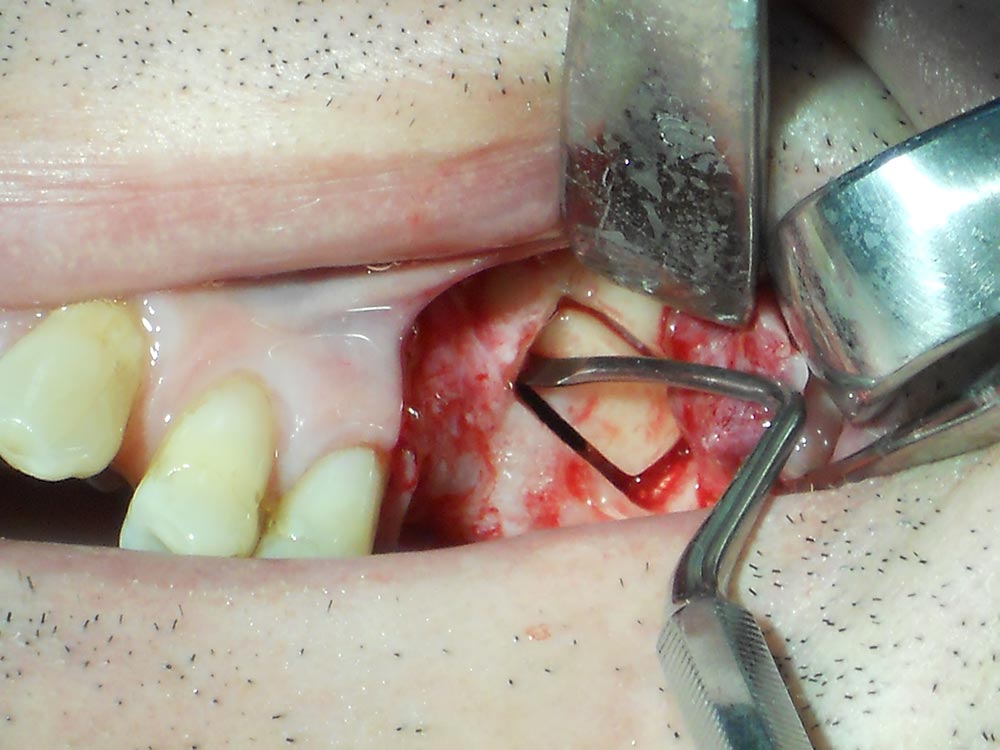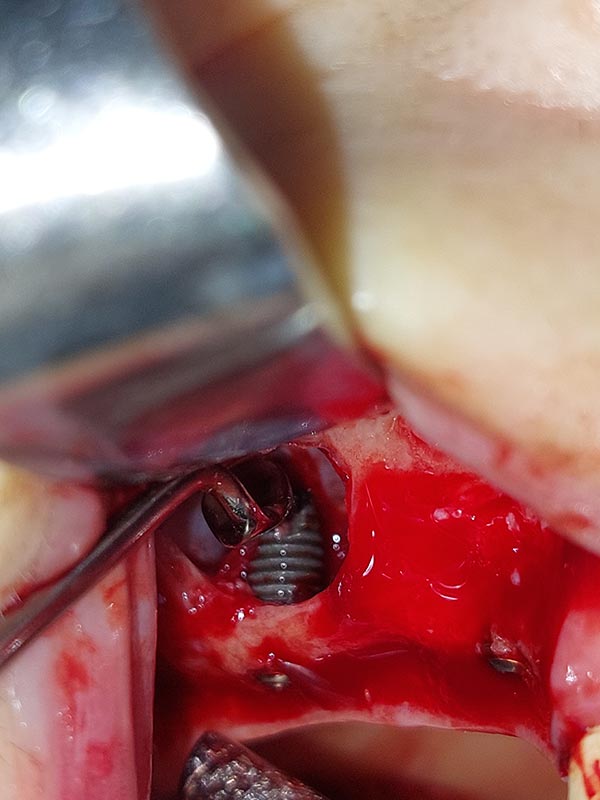Sinus-lift
Sinus-lift is an oral surgical procedure for raising the membrane or floor of the maxillary sinus.
This procedure is used to prepare the maxilla for the installation of dental implants.
Who needs a sinus lift?
Sinus lift surgery is especially important for patients who have been told they are not good candidates for dental implants.
These are people whom long-term suffer from total or partial toothlessness in the back part of the jaw. Traumatic eruption of multiple teeth, periodontitis, tumors, cysts, and advanced caries are causes of tooth loss.
If timely action is not taken and dental restorations are not provided, alveolar bone resorption occurs. If it is the upper jaw, the usual consequence of this phenomenon is the lowering of the sinus floor.
Statistical data indicate a high percentage of bone volume reduction in the first three years after tooth loss – as much as 40–60%!
The longer they wait to replace lost teeth, the more patients become candidates for a sinus lift – an additional surgical intervention, which becomes the main requirement for placing implants.

Preparations for lifting the sinus floor
Sinus-lift is necessary in the case of a lowered sinus floor when the implantation of the implant and the perforation of the sinus mucous membrane of the sinus would lead to penetration of the implant into the paranasal cavity.
In addition, before the intervention itself, based on orthopantomography and CBCT, the oral surgeon and implantologist assess the anatomy and current condition of the maxillary sinus, as well as the volume of the maxillary bone during a clinical examination.
On this occasion, he or she also inspects the localization of primary structures, such as nerves and blood vessels, which must not be damaged during the operation.
How is the sinus lift performed?
The intervention is performed under local anesthesia or analgosedation in patients who, for any reason, cannot tolerate the first type of anesthesia.
The incision is made on the lateral side of the alveolar bone of the maxilla or trans alveolar. The sinus membrane is then carefully approached through an incision.
By moving the maxillary sinus membrane and placing additional bone between the maxilla and the sinus, space is provided for bone augmentation.
On this occasion, the amount of bone tissue, sufficient to install and stabilize an 8–10 long implant is implemented, with the necessary protection of the paranasal cavity.
Regarding jawbone augmentation, it is best to use an autograft, taken from the patient’s jawbone, in the form of a flap or block.
The donor regions of the autotransplant are the chin and the retromolar region in the lower jaw (mandible), then the tubers in the upper jaw, as well as bony exostoses.

After surgery of raising the floor of the maxillary sinus
After the intervention, the patient is instructed to use analgesics to reduce pain, as well as to apply cold compresses in the area of the sinuses and jaw in order to reduce possible swelling.
Bleeding in the oral cavity is possible after a sinus lift, and this is the reason why it is recommended to refrain from blowing the nose and provoking bleeding. Thus, for this purpose, a spray should be used to moisten the nasal mucosa, which will help prevent irritation and sneezing.
Greater physical efforts (such as exercise and other sports activities) are not recommended in the first few days of the postoperative period.
After 7–10 days, the oral surgeon will perform a follow-up examination, during which the sutures will be removed and the healing progress assessed.
Is it possible to perform a sinus lift and install implants during one procedure?
In most patients, after raising the sinus floor and augmenting the jaw bone, it is necessary to wait 6–9 months for the bone to heal, that is, for new bone tissue to form and strengthen.
Only in exceptional cases, it is possible to simultaneously perform a sinus lift, upgrade the bone and install implants.
How important is a sinus lift for an implant procedure?
As stated, the only way for certain patients to get implants is to raise the sinus floor and build up the jawbone.
Considering the fact that the efficiency of the sinus lift is estimated at 99%, undergoing this intervention greatly increases the chances of the long-term success of the planned implant procedure.

